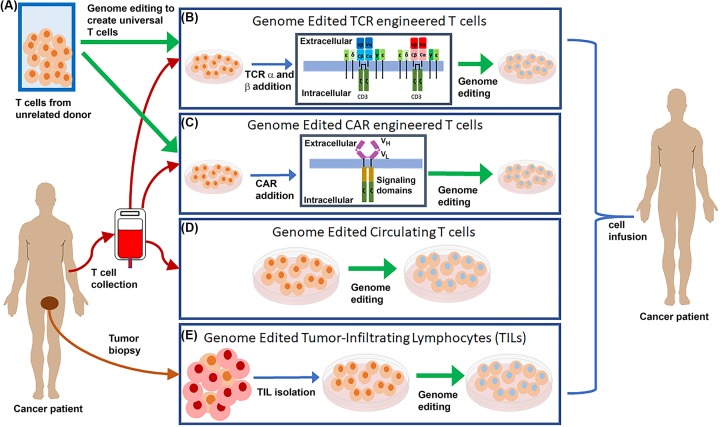Figure 3. Genome editing used to enhance ACT of T cells for cancer therapy.
(A) Genome editing (highlighted by green arrows) is being explored to create universal donor T cells to serve as the basis for TCR and CAR T-cell engineering. Genome editing is also being explored to enhance the survival and/or efficacy or prevent self-targeting of both natural (circulating T cells and TILs) and engineered (TCR and CAR) T cells. (B) TCR engineered T cells have the addition of a second set of TCR α and TCR β genes (highlighted in red and pink) which are present in addition to the naturally occurring TCR α and TCR β genes (highlighted in blue). (C) CAR engineered T cells have a chimeric cell receptor with an scFv composed of variable heavy and light chains (VH and VL) of an antibody as the extracellular portion fused to intracellular T-cell signaling domains to cause T-cell activation upon interaction with the targeted cell surface marker. Genome editing is also being applied to circulating T cells collected from a patient’s blood (D) and to isolated tumor infiltrating lymphocytes (E), which utilize the native T-cell targeting to destroy tumor cells. Abbreviation: scFv, single-chain variable fragment.

